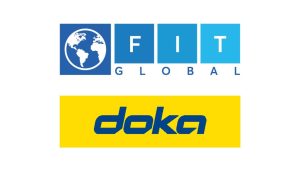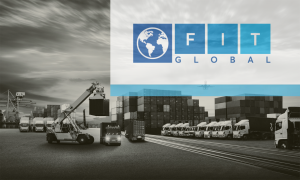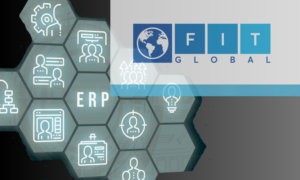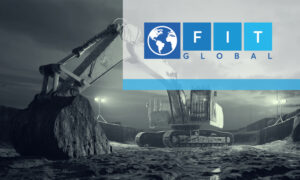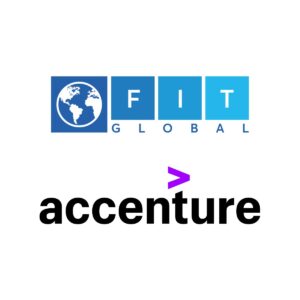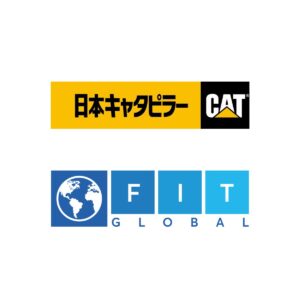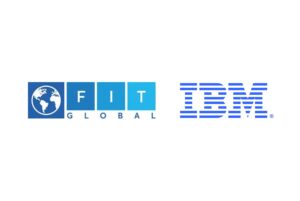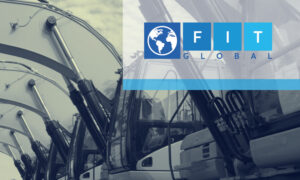Although the rental market can be a very profitable industry, it can also be quite demanding and complex. Rental equipment companies confront a variety of tough challenges that can seriously disrupt their operations and profitability. Here is a list of some of these:
1. Management of complex rental processes
2. High and rising costs
3. The competitive landscape
4. Difficulties in managing and tracking equipment availability
5. Calculating asset ROI and TCO
It is critical for rental businesses to identify and address these issues if they want to survive, grow, and stay ahead in the sector. But here’s the good part: there are effective solutions that help rental firms overcome challenges and even grow in a competitive market. Let’s go deeper into these issues and see how rental firms may simply solve them.
Rental Industry Challenges & Solutions
Challenge #1: Management of complex rental processes
Equipment rental companies or business units manage various day-to-day operations, including tasks such as equipment bookings, billing and meticulous analysis of KPI’s and deliverables. It is crucial to ensure the timely receipt of the required rental items, necessitating careful documentation of budgets and timetables.
Since their numerous processes need to be managed at the same time, being structured and efficient might be difficult. The lack of seamless integration between business processes makes it difficult to boost the availability, usage rates and sustainability of rental fleets.
Despite the growing popularity of utilizing software technology in various industries including rental, industrial manufacturing, wholesale distribution, professional services, engineering, construction, and operations, many companies continue to rely on manual methods rather than adopting the most recent technology. These manual processes, including using Excel spreadsheets, decrease efficiency and increase the possibility of errors.
Solution: Leverage an Equipment Rental Management solution that covers all end-to-end processes
Utilizing rental equipment software is the best and easiest way to manage these complex rental processes as it will allow you to plan and manage overall deliverables.
An example of this is the ability for you to track costs. You should also be able to easily access insights into the status of your equipment, including when rental periods begin and end, as well as when maintenance is necessary, making project planning easier.
By utilizing equipment rental management software, you are empowered by making use of the latest technology to manage the complete lifecycle of your rental fleet or equipment. With a rental management solution, you control all your rental processes and assets in one place.

Challenge #2: High and rising costs
Many rental equipment companies are facing a difficult challenge: they are spending a lot of money on various areas of their operations. Whether it’s purchasing new equipment, or with regards to maintenance, it adds up and places significant strain on company resources.
The systems that are in place may be inefficient, resulting in additional expenditures such as rising or additional service and scrap charges. There are also hidden expenses when equipment malfunctions.
These businesses also face increasing service costs and significant losses if they do not have a good maintenance and warranty management system in place. Furthermore, resources and teams are not always deployed efficiently, resulting in missed possibilities to increase turnover. Finding ways to reduce these operating expenses is a key priority for many rental equipment firms to maintain their financial health and sustainability.
Solution: Reduce costs with operational efficiency and order accuracy
Rental companies can cut down on their expenses by implementing systems or tools that boost operational efficiency, facilitated by equipment rental management software with automated and streamlined procedures.
Preventative maintenance helps decrease service and scrap expenses, along with reducing overall spare part inventory levels. Additionally, an improved warranty and claims process minimizes concealed costs related to damage and loss. Furthermore, the use of a graphical planning board enhances overall visibility, giving you a 360-degree view of your rental operations.
Challenge #3: The competitive landscape
In the rental equipment industry, competition is fierce, making it hard to stay ahead. It’s not just about continuously trying to offer better solutions than your competitors, it’s also about being able to deal and adapt with new and changing technologies in the market.
To stay ahead, companies need to continuously innovate and come up with new ideas and solutions as well as offer exceptional service to customers, all while running their operations efficiently and effectively. It’s a bit like a race to be the best, and it requires smart planning, being ready for changes in the market and always ensuring customers are happy.
Solution: Exceed customer expectations with a professional Equipment Rental Management (ERM) solution
To not just meet, but exceed customer expectations in the rental equipment industry, a strategic approach is essential. While today’s customers are seeking interchangeability; they also desire a seamless omni-channel experience. Meeting this demand necessitates the integration of processes and a comprehensive 360° view of your fleet, customers, as well as key financial insights such as the profit and loss associated with your rental equipment.
Achieving success necessitates the establishment of comprehensive service and maintenance processes that greatly prolong the overall lifespan of equipment while efficiently managing sustainability initiatives. Embracing these practices, especially with the support of a professional Enterprise Resource Planning system for Rental Management (Rental ERP), is pivotal for success.
Also, in fulfilling these evolving customer demands, rental companies should align their specific business requirements with the needed technological capabilities. This alignment triggers the importance of a smart end-to-end solution which supports core rental processes, also offering full integration with other related business areas within the organization.

Challenge #4: Difficulties in managing and tracking equipment availability
Booking management is crucial since it includes precisely tracking equipment availability to reduce the danger of double-booking and subsequent customer unhappiness, ultimately leading to reduced levels of customer service.
There are numerous complexities that could potentially influence the availability of equipment. Examples range from intricacies of specific building projects, to challenges with moving and making equipment available intercompany and across large geographical regions, or even on a global scale. In scenarios such as these, you always need full visibility.
Manual tracking is not the solution for rental asset management since it would become nearly impossible to manage some of these complexities efficiently, and it of course again runs the risk of incorrect data entry and mistakes, making it impossible to properly monitor equipment availability.
Solution: Make use of a solution offering extensive insights and efficient tracking capabilities of your equipment
To manage equipment availability tracking well, it is logical to implement and use equipment rental software that stores data in a central place. What would be even better is if this system could provide you with a 360-degree view of all equipment and asset related information.
By doing so, you will be able to monitor asset information such as specific equipment details and values, serial data as well as internal order numbers. Furthermore, it could also deliver additional data such as location, movement, use, and precise facts about the asset’s rental status.
Challenge #5: Calculating asset TCO and ROI
Assessing the total cost of ownership (TCO) for each acquired asset and understanding the return on investment (ROI) of the asset or a total project is pivotal in gauging the effectiveness of your financial strategy.
It’s crucial to be mindful of when costs surpass revenue, allowing you to decide whether to maintain current investments or explore alternative options. Neglecting to consider long-term implications and making decisions without relying on evidence-based data can ultimately harm your business.
Solution: Get advanced analytics and comprehensive financial reports
Advanced analytics provide in-depth insights, revealing patterns and trends for a nuanced understanding of equipment performance. Comprehensive financial reports offer a complete view of business operations, facilitating a thorough assessment of each asset’s impact on the organization. Additionally, Profit and Loss reports provide a detailed breakdown of financial gains and losses, helping in identifying areas of profitability and cost-saving opportunities.
By utilizing this integrated reporting approach with a rental management solution, businesses gain a powerful toolset for informed decision-making, resource allocation and optimization of financial policies within the competitive realm of equipment rental.
Wrapping Up
In conclusion, the equipment rental market has unquestionably complex challenges and demands, ranging from managing elaborate operations to controlling massive expenditures, navigating tough competition, tracking equipment availability, and calculating asset ROI and TCO.
On the bright side, there are ERP software providers, such as FIT Global, that offer industry specific rental equipment management solutions embedded in SAP S/4HANA that will allow you to manage potential challenges that you might face within your organization, and ultimately lead to increased efficiency, productivity and overall profitability.
